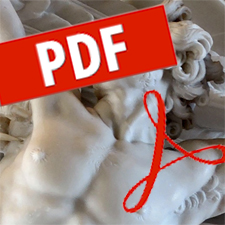Description
By Luca Grilli
New technology-based firms (NTBFs) greatly contribute to the dynamic efficiency of the economic system. To perform this role, NTBFs need external financing. However, private financing of this type of firm is particularly subject to market inefficiencies. This seems to recommend policy intervention and NTBFs often find support through payment of direct public subsidies. When these are based on ex ante selective screening procedures of applicants and awarded competitively, direct public support may exert a positive effect on the performance of NTBFs beyond the amount of the subsidy. By picking promising projects, governments may signal the quality of a firm to third parties, thereby lowering information asymmetries. This paper contributes to the literature on the differing impact of various subsidies on firm performance by crossing the evaluation dimension (i.e. selective vs. automatic subsidies) with the dimension of the specific goal (R&D-enhancing vs. other measures) for which a subsidy may be implemented. Our results show that the evaluation mechanism and the goal of the subsidy are both important dimensions in the policy design domain and that selective R&D subsidies outperform other types of scheme in fostering NTBF performance.
page: 97 – 111
Prometheus: Critical Studies in Innovation
Volume 30, Issue 1
SKU: 0810-9028676836
